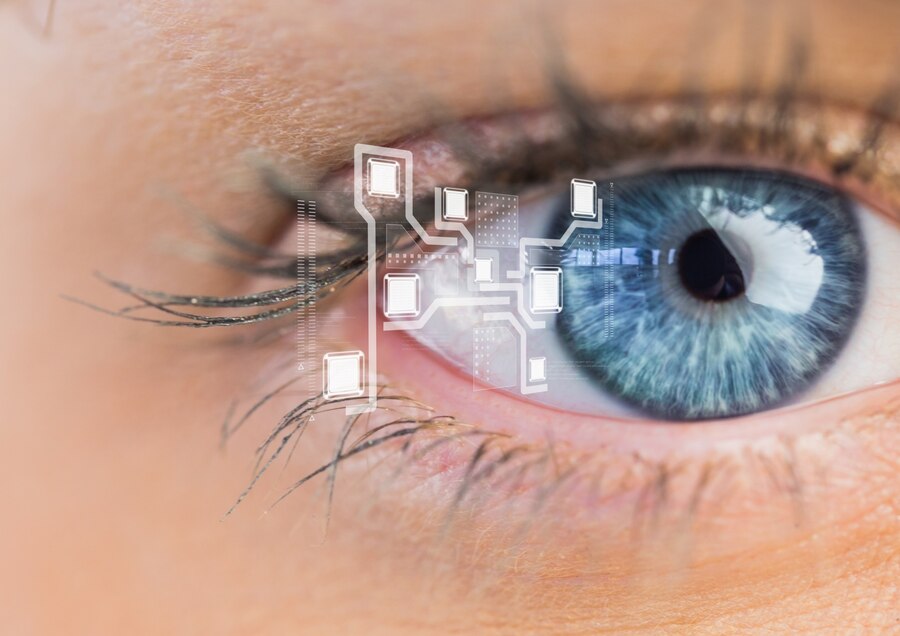What is Keratoconus?
Keratoconus is usually diagnosed in teens and young adults. It causes the middle and lower parts of the cornea to get thinner over time. While a normal cornea has a rounded shape, a cornea with keratoconus can bulge outward and become a cone shape.

What are the different treatment options available for cornea conditions?
Corneal Collagen crosslinking T/T
To treat KERATOCONUS , doctors can use a type of laser treatment called CORNEAL COLLAGEN CROSSLINKING (C3R) to strengthen cornea so it should not progress & avoid future complications.
Intracorneal Ring Segments (ICRS)
ICRSs are implanted to regularize the cornea in keratoconus. The mechanism of action is based on the idea of adding material to the corneal periphery to flatten the corneal center.
Corneal transplant surgery
If the damage to your cornea can’t be repaired, doctors can remove the damaged part and replace it with healthy corneal tissue from a donor.

